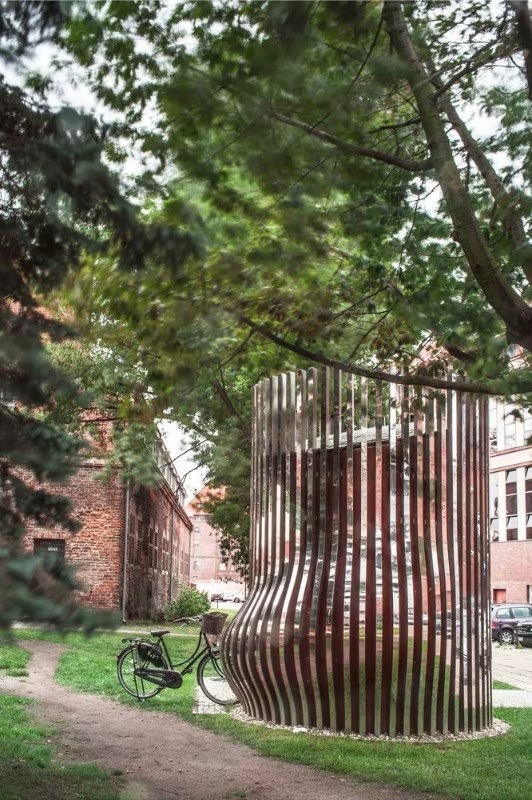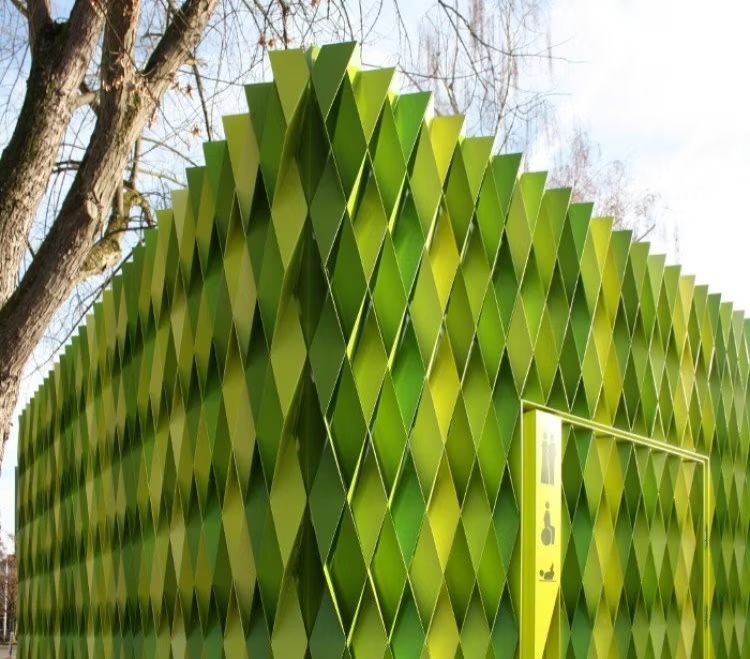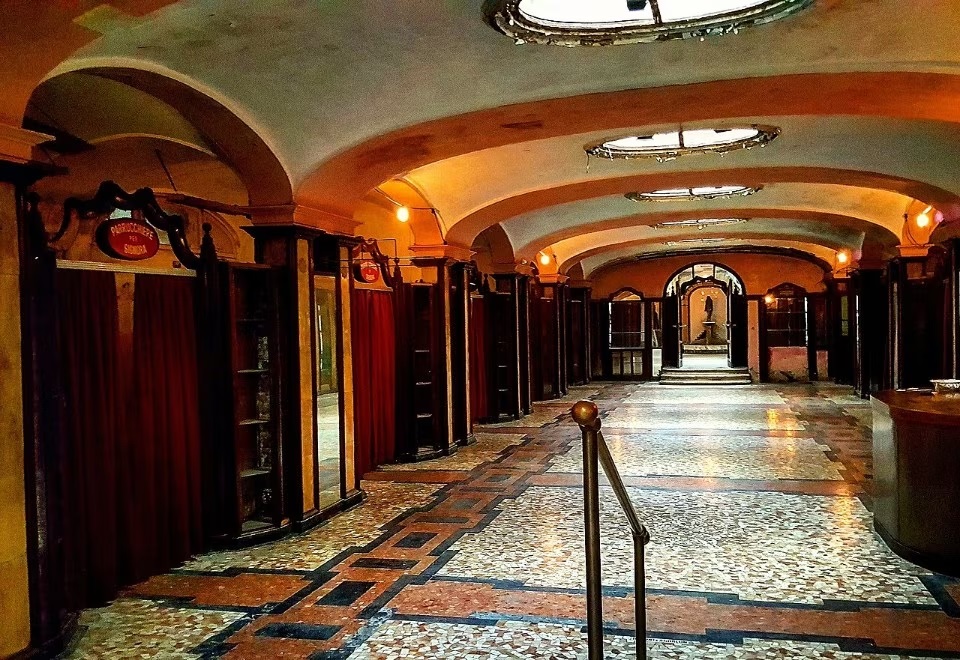Public restrooms serve as a point of connection between people and urban design while also representing civic sense and urban culture
It is not surprising that the design theme of public restrooms—exporting such intimate interaction to the streets and squares of a city—is particularly challenging. After all, according to Rem Koolhaas, since the 2014 Venice Biennale, the bathroom has been “the fundamental zone of interaction—at the most intimate level—between man and architecture”.
The history of the public restroom dates back to the Vespasian era, when public urinals were used to collect urine’s ammonia content for bleaching fabrics. From the 19th century onward, restrooms evolved into symbols of urban decorum, with Haussmann-era furnishings and sanisettes in Paris, public baths at the Graben in Vienna, and the Albergo Venezia in Milan.
As reported here, the way that the topic of public baths is approached varies depending on latitude. The Scandinavian countries, particularly Japan, are among the most upright in terms of respect for the individual and for public affairs. The sentō (the typical public bath with water pools) has provided opportunities for socializing and cathartic experiences of relaxation for centuries.

















In general, the public bath is a feature that goes beyond the simple role of controlling physiological needs on the street to become a symbol of culture and human dignity. This is shown by a variety of contemporary works from around the world, ranging from those rooted in an established tradition (the Tokyo Toilet project, transposed to the Triennale) to impromptu ones (Aandeboom); from those integrated into the historical or landscape context (Miró Rivera Architects, Diego Jobell, Snøhetta, Schleifer & Milczanowski Architekci, Manthey Kula Architects) to those openly exhibited (Gramazio & Kohler, Chris Briffa); from dreamlike ones (Hundertwasser) to those with political (Cassani, Galán, Munuera, and Sanders) and social (RC architects) significance.
In any case, the bathroom as a space for the care and government of our bodies—whether in the home or in a square—remains the common denominator net of “structural” idiosyncrasies (due to neglect and decay known in our country) and psychological idiosyncrasies (related to germaphobia, claustrophobia, and pathologies of various kinds) and may be the only true “throne room” we have.
